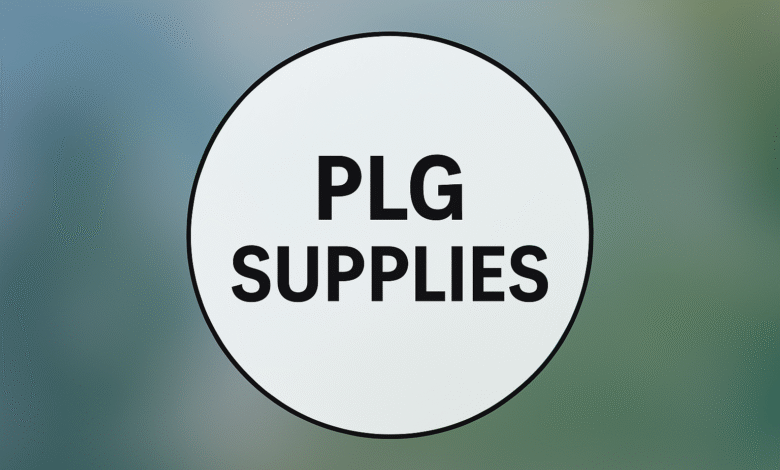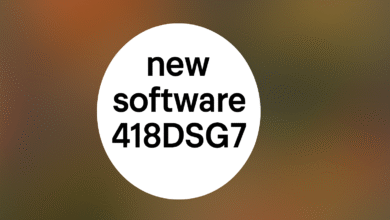PLG Supplies: Driving Growth and Facing Challenges in the Product-Led Era
Unlocking Success with the Right Tools While Navigating Common Pitfalls

Introduction
PLG supplies have become the backbone of modern product-led growth strategies, enabling companies to acquire, engage, and retain customers by letting the product speak for itself. These digital tools and resources form the foundation of self-service onboarding, product analytics, and user engagement systems that help businesses scale efficiently. However, while PLG supplies can accelerate growth, they also present challenges when not implemented with a clear strategy and alignment across teams.
From identifying the right tools to integrating them effectively, PLG supplies require a balance between technology and human insight. In this article, we will explore their importance, core categories, real-world applications, and potential drawbacks, while also providing practical guidance to help businesses thrive in a competitive marketplace.
Quick Bio
| Attribute | Details |
|---|---|
| Full Name | PLG Supplies |
| Primary Focus | Digital tools and resources for product-led growth |
| Key Areas | Analytics, onboarding, feedback, experimentation |
| Industries Served | SaaS, technology, e-commerce, digital services |
| Strategic Goal | Drive growth through product-first experiences |
PLG supplies are essential for companies aiming to adopt a product-led funnel that delivers value quickly and efficiently. Tools for product analytics, self-service onboarding, and activation rate tracking help reduce customer acquisition costs (CAC) while improving retention. By enabling users to reach the “aha moment” faster, businesses can foster loyalty and drive viral product growth.
Beyond growth acceleration, these supplies help create a sustainable, data-driven product culture. With a well-structured PLG tech stack, teams can align around measurable goals, optimize the customer journey, and ensure that every interaction contributes to the growth flywheel.
Core Categories of PLG Supplies
Product Analytics and Metrics
Product analytics platforms empower businesses to understand user behavior tracking, conversion funnels, and churn analytics in real time. Subscription metrics like MRR and LTV, alongside cohort analysis, allow product managers to make informed decisions that impact both revenue and retention analysis.
These tools go beyond simple reporting by enabling deep engagement metrics tracking, which helps identify feature adoption patterns and potential bottlenecks in the product-led funnel.
User Onboarding and Adoption
Self-service onboarding tools such as interactive walkthroughs and in-app guidance reduce time-to-value (TTV) and increase activation rate tracking. Onboarding optimization strategies ensure that users not only sign up but also actively use key features.
Feature adoption tracking and onboarding flows can be tailored to guide customers through the most impactful parts of the product, boosting satisfaction and reducing churn.
Feedback and Customer Insights
In-product surveys, NPS feedback tools, and user feedback loops are critical components of PLG supplies. They help measure CSAT and gather qualitative data to inform product improvements.
Customer insights derived from these tools enable data-driven product culture, where decisions are backed by evidence rather than guesswork, leading to better alignment between customer needs and product roadmaps.
Optimization and Experimentation
A/B testing, personalization tools, and behavior heatmaps are essential for continuous product optimization. User session recordings reveal how customers interact with features, helping teams fine-tune the experience for higher engagement metrics.
Experimentation mindset is vital in PLG strategies. Testing hypotheses regularly ensures that updates and new features actually enhance the user journey instead of adding friction.
Tech Stack and Integration Strategies
A robust PLG tech stack includes analytics platforms, onboarding solutions, feedback tools, and experimentation frameworks. Tool aggregation platforms help teams identify the right mix of all-in-one PLG suites and specialized software.
Successful tool integration strategy involves ensuring cross-functional alignment so that marketing, product, and customer success teams can collaborate seamlessly to drive growth-oriented product teams.
Benefits of Implementing PLG Supplies
PLG supplies reduce CAC, accelerate TTV, and improve retention rates. By focusing on user behavior tracking and activation rate optimization, businesses can achieve compounding growth without over-relying on paid acquisition channels.
These tools also enable bottom-up distribution strategies, where satisfied users become advocates, leading to viral product growth and sustainable scalability.
Challenges and Potential Drawbacks
While PLG supplies offer significant advantages, challenges like tool overload, poor integration, and lack of strategic focus can undermine results. Without clear ownership, the data from product analytics or feedback tools can go unused.
Additionally, overemphasis on metrics without understanding the human element may lead to misguided product changes. Balancing data with qualitative insights is key to long-term success.
Best Practices for Maximizing PLG Supplies
Prioritize the Aha Moment
Identify and optimize the sequence of actions that lead users to experience the core value of your product quickly. This approach enhances onboarding optimization and reduces churn analytics concerns.
Foster Cross-Functional Alignment
Ensure that all teams share a common vision and understand the role of each tool in the PLG tech stack. A growth-oriented product team thrives when marketing, sales, and product departments are aligned.
Conclusion
PLG supplies are more than just a collection of digital tools—they are enablers of a product-led growth mindset that prioritizes delivering value through the product experience. From product analytics to onboarding optimization and feedback loops, these resources help companies improve retention, reduce costs, and fuel sustainable expansion. Yet, their success depends on strategic implementation, a clear understanding of customer needs, and cross-team collaboration.
By combining the right PLG tech stack with a culture of experimentation and alignment, businesses can leverage these supplies to not only achieve rapid growth but also maintain it in the face of market changes.
FAQ
Q1: What are PLG supplies?
PLG supplies are the digital tools and resources used to implement a product-led growth strategy, including analytics, onboarding, feedback, and optimization tools.
Q2: How do PLG supplies reduce customer acquisition costs?
By improving self-service onboarding and user engagement, PLG supplies enable products to convert and retain customers without heavy reliance on paid channels.
Q3: Which tools are essential for a PLG strategy?
Key tools include product analytics platforms, interactive onboarding solutions, NPS feedback systems, A/B testing frameworks, and personalization engines.
Q4: Can PLG supplies work for non-SaaS businesses?
Yes, while popular in SaaS, PLG supplies can also benefit e-commerce, digital services, and other industries focusing on product-first experiences.
Q5: How do I choose the right PLG tech stack?
Start with your business goals, evaluate your existing systems, and select tools that integrate well, address current gaps, and scale with your growth.




